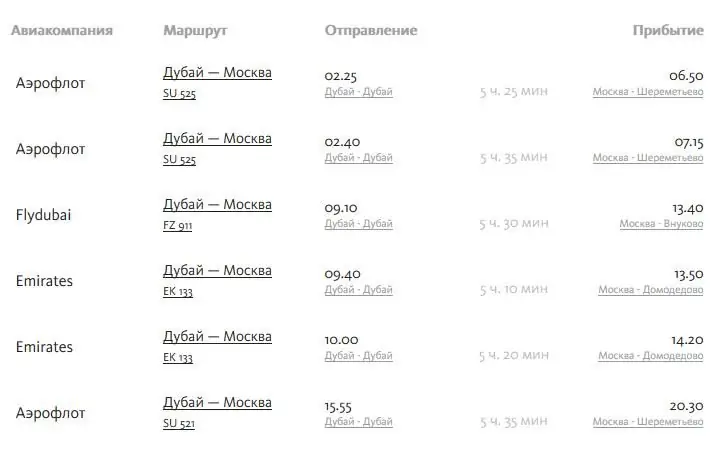- Author Harold Hamphrey [email protected].
- Public 2023-12-17 10:06.
- Last modified 2025-01-24 11:10.
The capital of India - Delhi - is a huge, eclectic, noisy, rather dirty and at the same time rather green metropolis. More than seven million people live here. What is special about this city?
Highlights of Delhi

Inside the metropolis, a small part stands out - the New City. These places were built up in 1911-1923 specifically for the British colonial administration, which then moved the central residence from Calcutta to New Delhi. About 294,000 people live in this area (data for 1991), and all the main government institutions of the country are located here. The city of Delhi is literally divided into two main parts: Old and New. During Muslim rule, Old Delhi was the capital of India. It is these places that are rich in sights: ancient forts, monuments and mosques of the Islamic period of India. The new city of Delhi is truly imperial. It occupies an impressive area, riddled with long shady boulevards.
Incomprehensible and exciting mix

It is here that the contradiction between the present and the past, the new and the old is clearly visible. Centuries-old tradition inarchitecture inherited from successive empires, a special way of life that has been preserved from generation to generation - all this has a great influence on the modern course of life in the metropolis. The city of Delhi, or Dehali, got its name in honor of the first urban settlement of the Middle Ages, located in Mehrauli, a place not far from the modern city. Of all the seven cities that existed in India during the Middle Ages, this was the very first.
India. Delhi. Attractions
Many of the architectural monuments of India, in particular Delhi, are under the protection of UNESCO. The main attraction of Old Delhi is the Red Fort with red sandstone walls. The fortress has the shape of an octagon surrounded by a moat. This is a unique architectural masterpiece of the reign of the Mughal dynasty. The construction of the imperial residence was completed by Shah Jahan in 1648 and created a unique throne of the king from pure gold interspersed with diamonds, emeralds and sapphires. In one of the Fort's pavilions, you can see oboes, cymbals and other ancient musical instruments. In the palace you can visit the memorial, archaeological museums.

Walking along the Fort, you can look at the very first covered market that appeared in India, where amazing souvenirs are sold. In addition, in the city you need to see the Jami Masjid Mosque, the National Museum, the mausoleum of Emperor Humayun from the Mughal dynasty, the House of Faith, the Mehrauli Archaeological Park.
Climate
The city of Delhi wonderfully combinesthe heat of the deserts and the cold climate of the Himalayas. Between April and October the temperature can reach +40 °C. July and August are monsoon seasons. In winter, the air temperature may well drop to zero. At this time, the city of Delhi is covered with thick fog, due to which flights are often canceled. The periods from February to April and from September to November are the most pleasant (+20-+30°C). We wish you a pleasant and exciting journey to amazing India!






